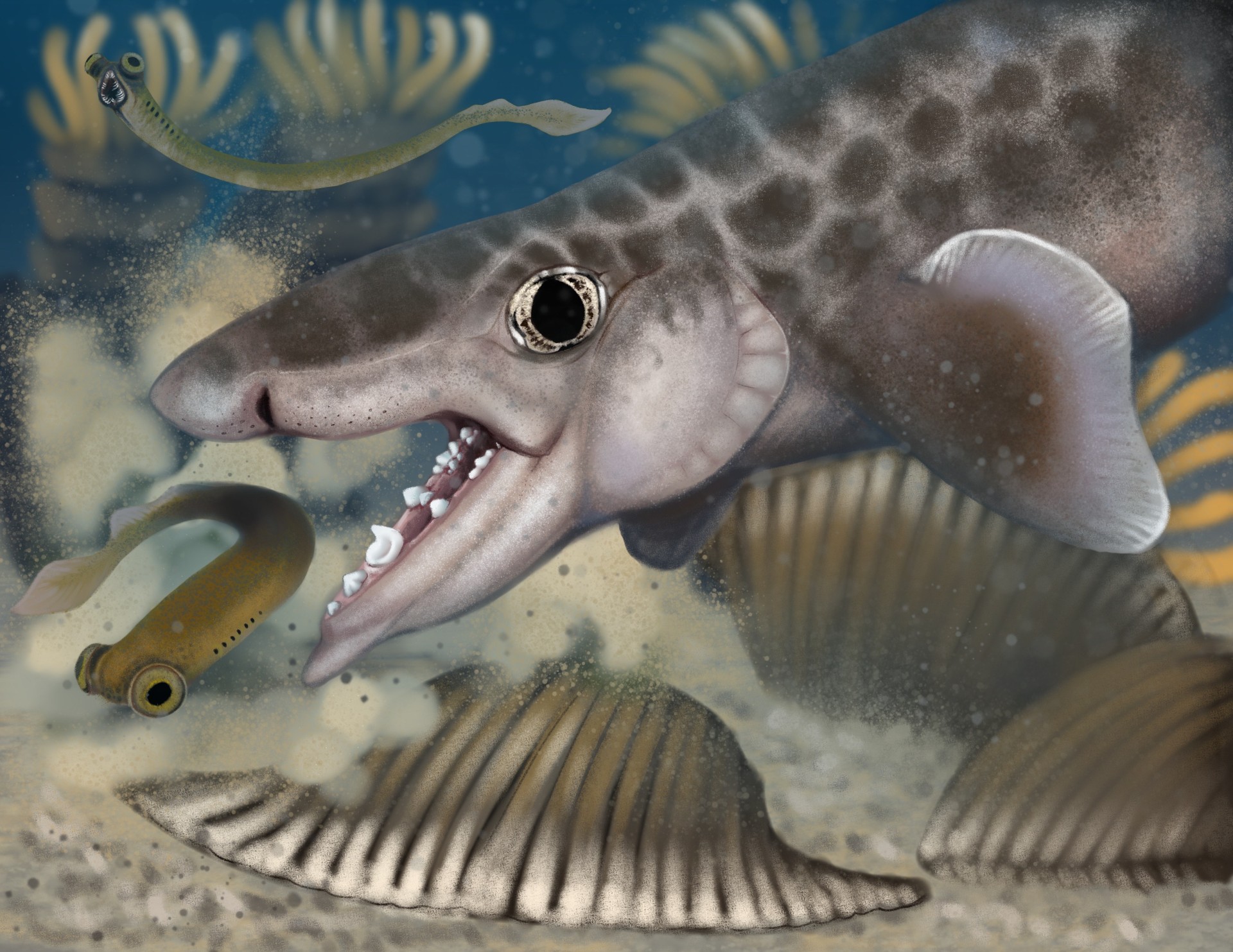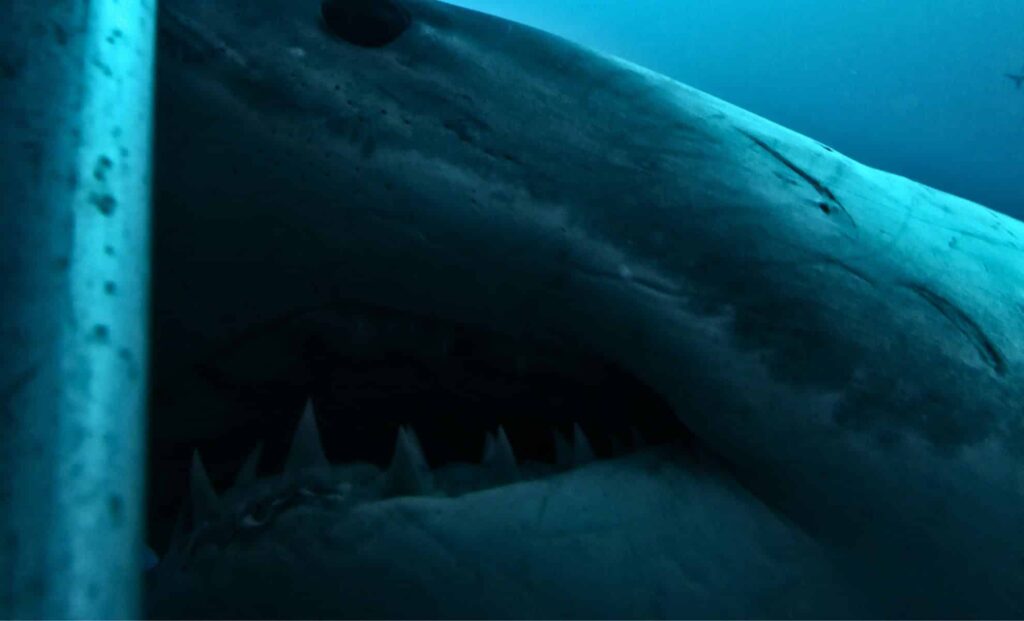A research team from the National Park Service and the Smithsonian Paleobiology Department recently announced the discovery of three previously unknown species of ancient sharks in Kentucky’s Mammoth Cave, as reported by the official Mammoth Cave National Park news release. These finds don’t just expand the fossil record—they help fill crucial gaps in our understanding of prehistoric marine life in North America.
A Tropical Sea Beneath Kentucky’s Forests
It’s hard to picture Kentucky underwater, but roughly 340 million years ago, the area now known for rolling hills and deep caves was covered by a warm, shallow sea. Back then, Mammoth Cave wasn’t a cave at all, but a seabed, accumulating layers of sediment that would preserve the remains of ancient marine creatures.
These sediments eventually became the limestone caves we explore today. Paleontologists say the region’s rock layers, particularly the Ste. Genevieve Limestone, are especially rich in well-preserved fossils—making them a kind of time capsule for studying ancient life.
Meet Macadens Olsoni: A Tiny Shark With a Big Story
One of the most intriguing discoveries is Macadens olsoni, a small shark, likely less than a foot long, with a unique spiral of crushing teeth. According to the research team, these teeth “formed a curved whorl, perfectly suited for cracking open mollusks and worms.”
Macadens olsoni wasn’t a top predator but instead made its living on the sea floor, breaking into the hard shells of its prey. Its remains were found in the oldest layers of Mammoth Cave, dating to the late Mississippian period.

Proposed reconstruction of the new to science species Macadens olsoni, discovered through fossil research at Mammoth Cave National Park. Art Credit: Benji Paysnoe
The species is named after Mammoth Cave itself and Rickard Olson, a retired park scientist who played a key role in shark fossil research there. It’s a reminder that significant scientific contributions often come from years of patient fieldwork.
Ancient Sharks With Very Different Diets
Two other fossil sharks from Mammoth Cave also made headlines: Troglocladodus trimblei and Glikmanius careforum. Troglocladodus trimblei, according to the paleontologists, was built for “slicing through prey,” thanks to its forked, razor-sharp teeth.
This shark likely targeted quick-moving fish and cephalopods. Glikmanius careforum, by contrast, had thick, blunt teeth, designed for crushing shellfish. Both species belonged to an extinct family called ctenacanths, known for their armored dorsal spines.
These findings—supported by detailed fossil analysis—show just how diverse ancient shark communities were. Each species occupied its own niche, adapting to specific food sources and hunting styles. It’s a far cry from the stereotype of sharks as one-dimensional predators.
Why Mammoth Cave Matters for Shark Evolution
So why do these cave fossils matter today? According to the National Park Service, Mammoth Cave has now yielded fossils from nearly 40 different shark species, each adding to our understanding of early shark evolution. Notably, scientists also reclassified another shark, Helodus coxanus, now called Rotuladens or “Wheel Tooth,” for its unusual circular tooth pattern. These anatomical differences help paleontologists map out how sharks evolved to fill different ecological roles.
The caves offer a rare, protected environment where fossils stay remarkably well-preserved, allowing researchers to study features like tooth structure, fin attachments, and even cranial ridges that would usually be lost to time. The combination of these discoveries paints a vivid picture: ancient oceans were crowded, competitive places with a surprising range of shark species.

